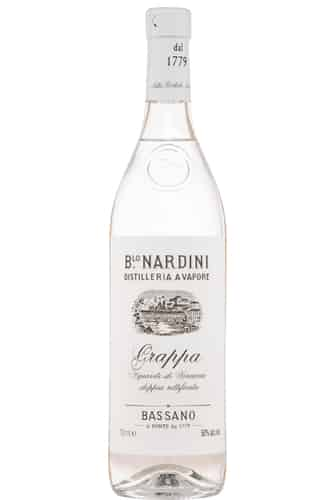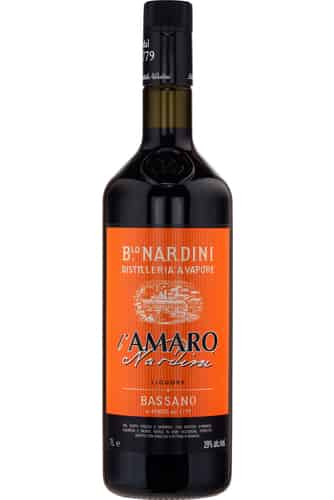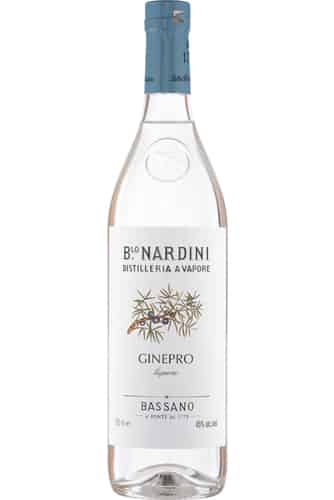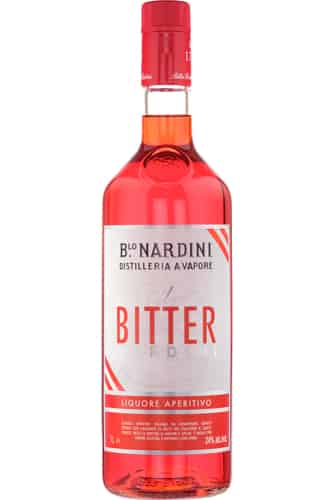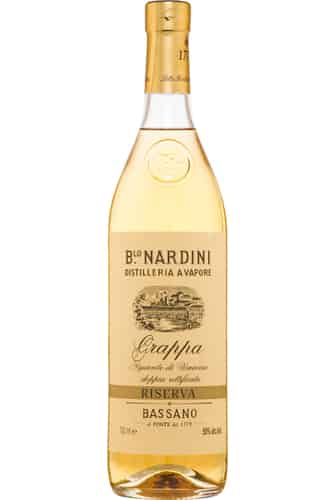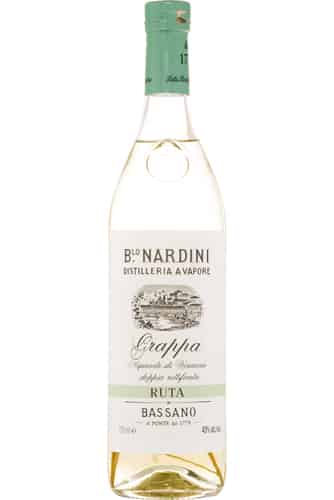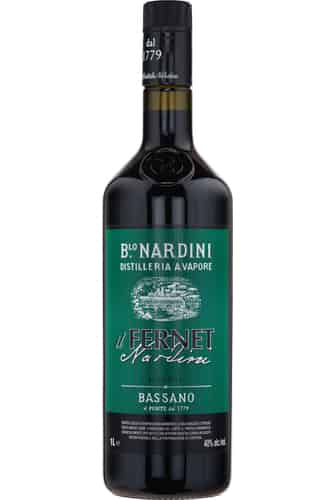 United States - DHL 15.00 € + 7.70 € /kg
United States - DHL 15.00 € + 7.70 € /kg
Nardini Elixir China (1 Liter)

Nardini Elixir China (1 Liter)
A large bottle of this bitter liqueur from historic grappae producer, Nardini.
One of a few bottlings that form a micro category of “China liqueurs”, the name is one that immediately arouses curiosity. None of the ingredients come from China, and the product is produced in Italy.
Another famous “China” amaro is Bigallet’s China-China liqueur, pronounced “SHEEna-SHEEna”. The story they tell is that when the product was first being developed, a pharmacist left the stove top to flirt with a co-worker named China. When he smelt something burning he returned to his workstation, shouting “China! China!” but far from being ruined, he found a beautifully caramelised liqueur.
It may be that this Nardini bottling is named in reference to Bigallet’s, but the fundamental story seems unlikely. China is not a common name in either France or Italy, the far more likely etymology is that “china” is a bastardisation of quinquina, a name given to aromatised wines, that often included quinine to ward off malaria. The same etymology gives “Kina,” as in Kina Lillet.
The bottling itself is made using cinchona calisaya bark, condurango bark, bitter orange peel, mace, coriander, cinnamon and cloves, that are infused with neutral grain alcohol, and a little sugar.
The result is a liqueur that serves up powerful rooty spicy notes of cinnamon and wood bark, alongside flavours of brown sugar, orange peel, green herbs, cloves, pastry and faint smoke. Certainly not a sweet liqueur, despite the presence of sugar.
A lovely postprandial pour.
- Distillery / brand
Nardini - Country
Italy - Bottler
Distillery Bottling - SKU
041680

